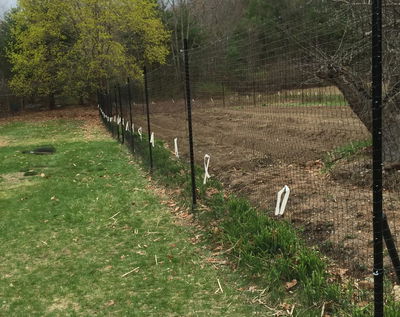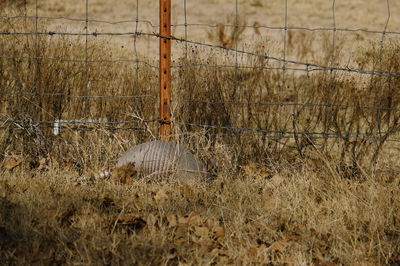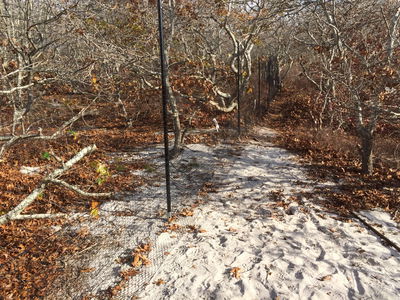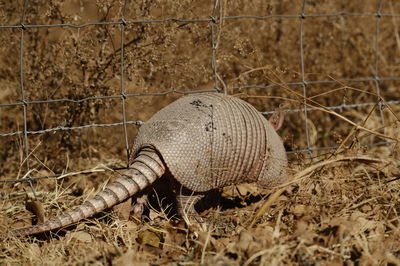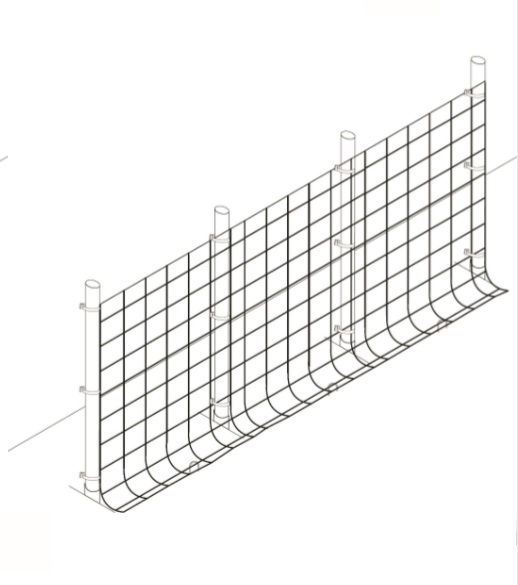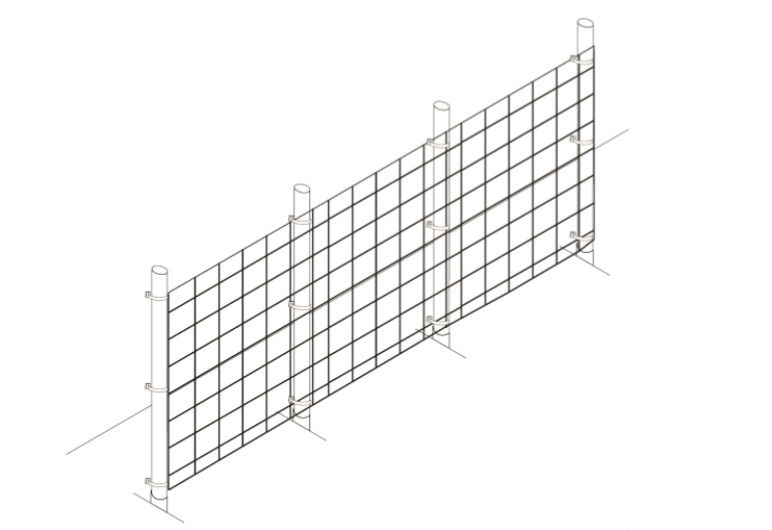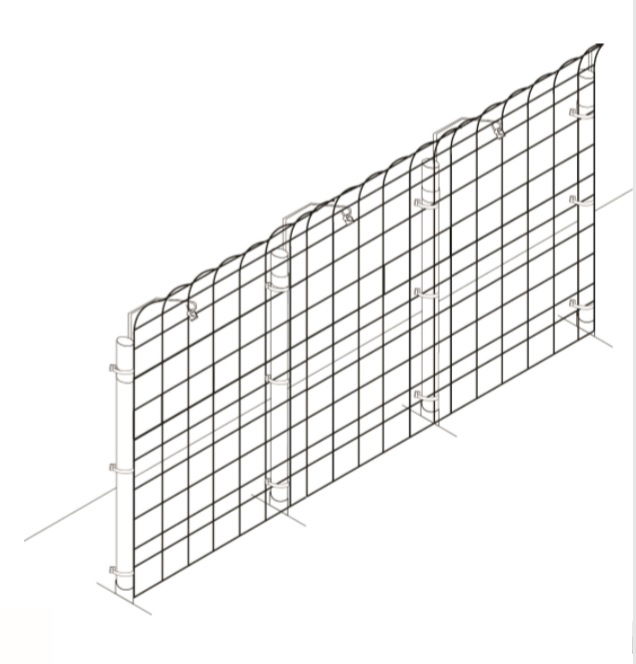Types of Armadillo Fences
You don't need a heavy conventional fence – say a picket fence, or a chain link fence with posts in cement footings. That's overkill. What you need is a strong, light, low metal fence, with some of the fencing laid out flat (toward the armadillos) or buried underground to discourage digging. That's what we offer here.
Fence Height: Don't be dismayed by our wide range of kit offerings. We started out as a deer fence company, and some of our kits make really tall fences. It's perfectly true that no one needs an "Armadillo" fence ten feet tall. However, if you click on the title below that reads "Armadillo Fence Kits with Overlap" and scroll down through the plastic ones and the tall all-metal ones, at the end of the list you will come to two kits, numbers 055 and 056, for fences 2 and 3 feet tall, that keep out armadillos really well.
Get a 3-footer if your armadillos seem strongly driven to enter the enclosure. Otherwise, if their interest in what's inside doesn't seem vastly greater than their interest in what's outside, by all means get the 2-footer.
Fencing Material: You'll find that both kits "automatically" come with 2" x 2" welded wire fencing, but there are various options. Our favorite is the black galvanized 1" x 1" welded wire option, because armadillos do have limited climbing ability, and this 1" x 1" fencing offers less encouragement to climb than the larger mesh. Please note that all of our welded wire fencing is heavily galvanized (over the weld), coated with black PVC, and approved for both salt spray exposure and soil contact.
The Bottom Fold: Armadillos do burrow, so they should be discouraged from digging under the fence. Accordingly, both the 2 and 3-foot kits come with fencing material 1 foot wider than the fence is tall. This allows for an extra foot of fencing at the bottom.
If your armadillos seem slightly to moderately inclined to dig, fold this extra foot outward on the ground (toward the armadillos) and stake it down with the foot-long ground stakes provided in the kit. If they seem intensely inclined to dig for the specific purpose of entering the enclosure, spend the extra time and effort needed to bury this foot of fencing material underground, angling it outward at 45 degrees.
